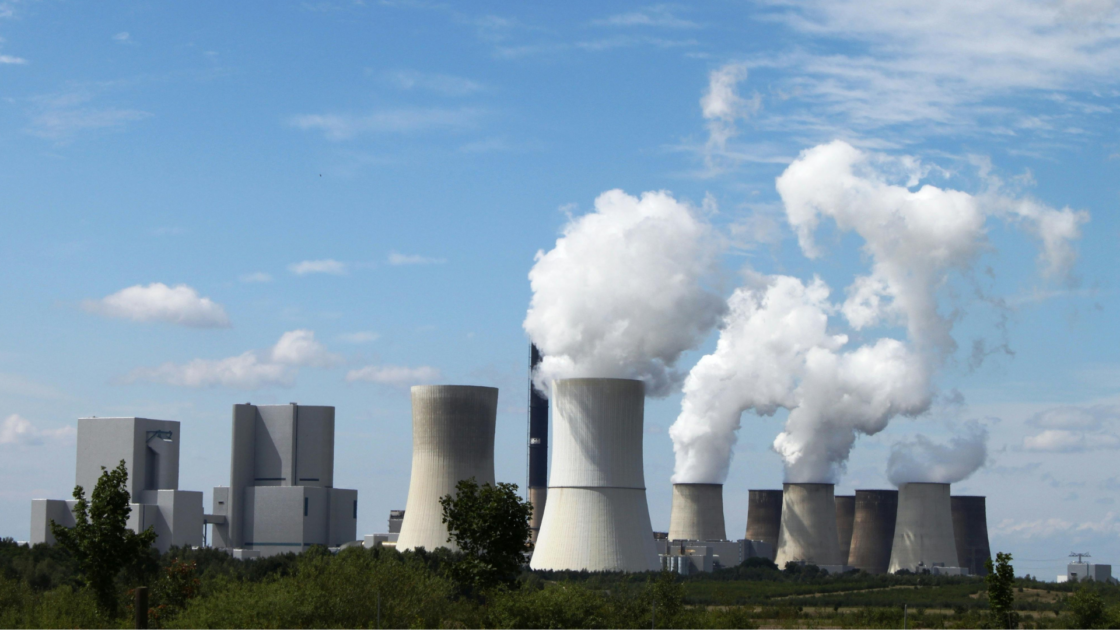7. Innovation in Power Sector: Shaping the Future with Emerging Technologies

The power sector, once defined by heavy infrastructure and long-established methods, is now in the midst of a remarkable transformation. Technological innovation is driving new possibilities, making the industry smarter, cleaner, and more efficient. Let us take a dive into some of the most exciting emerging technologies and see how they are reshaping the way we generate, distribute, and manage energy.
Smart Meters: Empowering Consumers and Utilities
Smart meters are quietly revolutionizing how we consume electricity. Unlike traditional meters, which simply tally up your usage and wait for someone to come by and check them, smart meters provide real-time data. This allows both consumers and utilities to track energy usage with incredible precision.
For consumers, this means more control over their bills—imagine receiving notifications when your consumption spikes, or scheduling appliances to run when rates are lower. For utilities, smart meters offer insights into demand patterns, helping manage the grid more effectively. By identifying trends, utilities can prevent outages and optimize energy distribution. In essence, smart meters bring a whole new level of transparency and efficiency to the energy equation.
Grid-Scale Batteries: The Backbone of Renewable Energy
As renewable energy sources like wind and solar become more prevalent, we face a new challenge: how to store energy when the sun is not shining or the wind is not blowing. Enter grid-scale batteries, the superheroes of energy storage.
These large-scale battery systems store surplus energy generated during peak production times and release it when demand is high or production dips. Grid-scale batteries smooth out fluctuations in energy supply, making renewables more reliable. They are crucial for stabilizing the grid as we transition toward a more renewable-focused future. It is not just about producing clean energy; it is about ensuring that energy is available when we need it most.
Green Hydrogen: Fueling a Zero-Carbon Future
While solar, wind, and batteries tend to grab the headlines, green hydrogen is another key player in the energy transition. Produced using renewable energy to split water molecules, green hydrogen emits zero carbon during both production and consumption.
What makes it special? Green hydrogen can be used in sectors that are hard to electrify, like heavy industry and long-haul transport. It can also be stored and transported, offering a flexible energy source that complements renewables. The potential is huge—though we are still at the early stages of scaling up green hydrogen production, it is expected to play a major role in decarbonizing global energy systems.
Artificial Intelligence and IoT: Smarter Grids, Greater Efficiency
In recent years, Artificial Intelligence (AI) and the Internet of Things (IoT) have become buzzwords, and for good reason. They are transforming industries, and the power sector is no exception.
AI is being used to optimize everything from energy consumption to grid management. By analyzing massive amounts of data, AI systems can predict energy demand, detect inefficiencies, and recommend adjustments. For example, AI can help utilities decide when to activate power plants based on weather patterns and predicted demand, reducing waste and emissions.
Meanwhile, IoT devices—think connected sensors and smart devices—are helping to create smarter grids. By communicating with one another, these devices can adjust energy flows in real-time. Imagine a future where your electric vehicle (EV) charges during off-peak hours automatically, or where energy flows are directed to the places that need it most, all thanks to a network of smart devices that respond to real-world conditions.
The Road Ahead
The power sector is rapidly evolving, with smart meters, grid-scale batteries, green hydrogen, AI, and IoT leading the charge. Each of these technologies plays a unique role in building a cleaner, more resilient, and more efficient energy system. What is especially exciting is that this is only the beginning. As innovation continues, we can expect even more game-changing breakthroughs on the horizon.
In short, the future of energy is smart, green, and connected—driven by cutting-edge technologies that make the power sector more dynamic and responsive to the needs of our world. And as these innovations take hold, they will reshape not just how we generate and distribute energy, but how we live our everyday lives.
